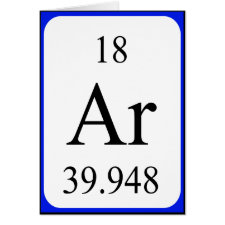
Authors: Aufartová J, Mahugo-Santana C, Sosa-Ferrera Z, Santana-Rodríguez JJ, Nováková L, Solich P
Article Title: Determination of steroid hormones in biological and environmental samples using green microextraction techniques: An overview.
Publication date: 2011
Journal: Analytica Chimica Acta
Volume: 704
Issue: (1-2)
Page numbers: 33-46.
DOI: 10.1016/j.aca.2011.07.030
Alternative URL: http://www.sciencedirect.com/science/article/pii/S0003267011010002
Abstract: Residues of steroid hormones have become a cause for concern because they can affect the biological activity of non-target organisms. Steroid hormones are a potential risk for wildlife and humans through the consumption of contaminated food or water. Their determination requires extraction and clean-up steps, prior to detection, to reach low concentration levels. In recent years, a great effort has been made to develop new analytical methodologies, such as microextraction techniques, that reduce environmental pollution. Researchers have modified old methods to incorporate procedures that use less-hazardous chemicals or that use smaller amounts of them. They are able to do direct analysis using miniaturised equipment and reduced amounts of solvents and wastes. These accomplishments are the main objectives of green analytical chemistry. In this overview, we focus on microextraction techniques for the determination of steroid hormones in biological (e.g., human urine, human serum, fish, shrimp and prawn tissue and milk) and environmental (e.g., wastewaters, surface waters, tap waters, river waters, sewage sludges, marine sediments and river sediments) samples. We comment on the most recent applications in sorptive-microextraction modes, such as solid phase microextraction (SPME) with molecularly imprinted polymers (MIPs), in-tube solid-phase microextraction (IT-SPME), stir-bar sorptive extraction (SBSE) and microextraction in packed sorbent (MEPS). We also describe liquid-phase microextraction (LPME) approaches reported in the literature that are applied to the determination of steroid hormones
Template and target information: Review - analysis of steroid hormones
Author keywords: Green analytical chemistry, microextraction, Liquid-phase microextraction, Micellar media, steroid hormones, biological samples, water samples



Join the Society for Molecular Imprinting

New items RSS feed
Sign-up for e-mail updates:
Choose between receiving an occasional newsletter or more frequent e-mail alerts.
Click here to go to the sign-up page.
Is your name elemental or peptidic? Enter your name and find out by clicking either of the buttons below!
Other products you may like:
 MIPdatabase
MIPdatabase









